alimentary lymphoma in cats and dogs
Excessive drinking and urination. There are three subtypes based on mitotic rate and cell type determined by examination of biopsy samples.
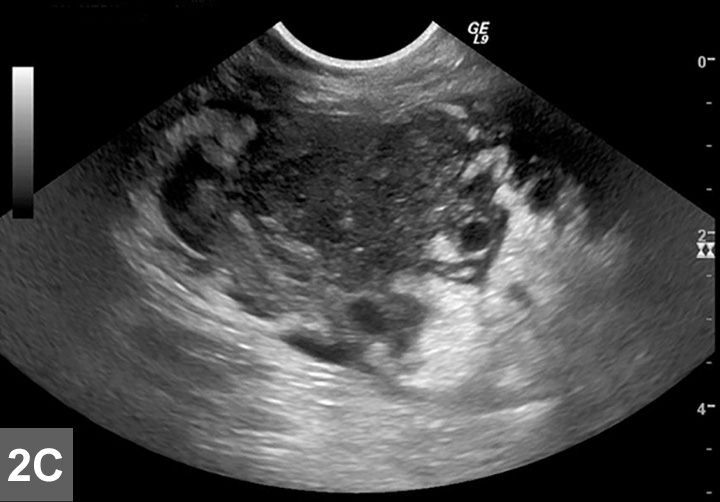
Feline Lymphoma Clinician S Brief
Gastrointestinal cancers are usually diagnosed in older animals.
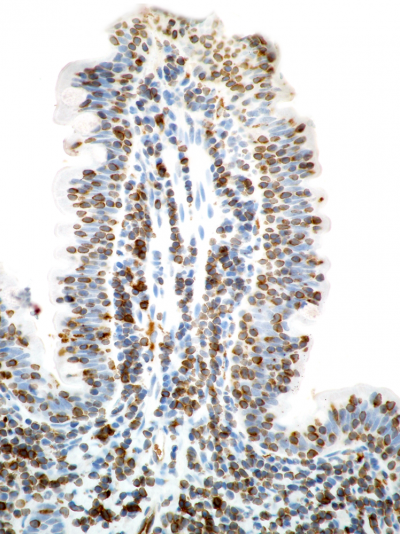
. Signs of lymphoma can include the following. Lymphoma is the most common hematopoetic tumor in dogs and cats. Lymphosarcoma a common canine hematopoietic neoplasm occurs in multicentric alimentary mediastinal and extranodal forms.
Dogs with alimentary lymphoma which affects the intestines may present with vomiting abdominal pain. Not only is this the most common anatomical form of lymphoma 50 to 75 it is also the most common alimentary neoplasia in cats 15 819. Feline lymphoma can be found in several different sites.
However a small subset of cats may have long survival times and factors associated with survival time were not found. Generalized lymph node swelling. It can become fatal if the tumor is situated near the small or large intestine since it can restrict the passage of bowel and pose health hazards.
Feline Low-grade Alimentary Lymphoma An Emerging Entity And A Potential Animal Model For Human Disease Springerlink. This type of dog and cat lymphoma often causes weight loss lethargy loss of appetite vomiting and diarrhea. What Are the Signs of Lymphoma in Dogs and Cats.
Cats with alimentary lymphoma are poorly responsive to treatment with vincristine cyclophosphamide and prednisone. Intestinal lymphomas usually cause poor eating weight loss diarrhea and. New information has recently come to light that expands our knowledge regarding how to diagnose and manage this disease.
Disease present mostly in the peripheral lymph nodes which can be felt as enlarged lumps in the neck in front of the shoulder blades and behind the knees is much less common in cats than in dogs. Vet Surg 2011 doi. Alimentary Lymphoma gastrointestinal Alimentary lymphoma- It occurs in the gastrointestinal tract of dogs.
The median or average age of the cats with alimentary lymphomas is around 10 years old and they are mostly FeLV negative. Lymphoma is less common in dogs than in cats. Perioperative complications after full-thickness gastrointestinal surgery in cats with alimentary lymphoma.
Share sensitive information only on official secure websites. In alimentary lymphoma the clinical signs. Alimentary lymphoma in cats and dogs.
Unlike intermediate- and high-grade alimentary lymphoma IHGAL and large granular lymphocyte lymphoma LGLL which can often be. Accurate diagnosis of the distinct subtypes of alimentary lymphoma AL that occur in cats is important as there are major differences between them in clinical presentation treatment and prognosis. Alimentary lymphoma in cats and dogs.
Vet Clin North Am Small Anim Pract. Colorectal lymphoma in dogs is typically high grade and B-cell origin Table 1. There are a few papers reporting association of feline immunodeficiency virus FIV infection and feline lymphomas.
Alimentary lymphomas include a gastrointestinal GI form a mesentery lymph node form and a hepatic form. Small Animal Practice vol. Lymphoma can be present in many parts of the cats body as the lymphatic system is spread throughout many organs.
Alimentary lymphoma in cats and dogs. Alimentary or Intestinal Lymphoma By far the most common lymphoma in cats this type of lymphoma affects the gutsIntestinal lymphoma can actually be split into two further types- small cell lymphoma and large cell lymphoma. Low-grade alimentary T-cell lymphoma is the most common form of AL in cats and it was believed it was extremely rare in dogs.
Low grade LG-AL intermediate. Symptoms Gastrointestinal lymphoma accounts for approximately 5 of cases and is less easily diagnosed than the more. Each type of lymphoma is named for the area that it is found.
Find NHVs tried and tested pet lymphoma supplements in one holistic pack. Wilson AP Hardie RJ et al. The most common anatomical form of lymphoma in cats is alimentary lymphoma AL.
It is characterized by an infiltration of the gastrointestinal tract andor associated lymph nodes with neoplastic cancerous lymphocytes. Loss of appetite weight loss vomiting andor diarrhea. Alimentary lymphoma accounts for approximately 5 of cases and is less easily diagnosed than the more common multicentric form.
A locked padlock or https means youve safely connected to the gov website. Alimentary Lymphoma in Cats and Dogs The Veterinary Clinics of North America. In contrast to lymphoma in dogs which is commonly the multicentric nodal form lymphoma in cats can present in a variety of locations.
The majority of them are adenocarcinomas in dogs and alimentary lymphomas in cats usually in the form of intestinal infiltrations. Department of Veterinary Clinical Sciences Louisiana State University School of Veterinary Medicine Skip Bertman Drive Baton Rouge LA 70803 USA. Because lymphoma can affect any tissue in the body symptoms can be vague and may reflect the organ that is involved.
Alimentary lymphoma in cats and dogs Abstract Gastrointestinal GI lymphoma should be suspected in animals with an acute or prolonged history of signs of disease related to the GI tract. Alimentary lymphoma AL is rare in dogs and affects more commonly the small intestine than the stomach although it is the most common gastric neoplasia in cats 14 15. The average age is.
Intestinal Lymphoma in Cats Lymphoma in cats is now most commonly seen in the intestines. Alimentary lymphoma in cats and dogs. Several subtypes of AL can be defined according to the histological grade low intermediate or high cell size small or large and phenotype T or B of the neoplastic lymphocytes 6 8 14.
Chemotherapy including steroids and nutritional. Alimentary lymphoma cat case report lymphoma is one of the most common malignant tumors identified in cats and alimentary. However its clinical often indolent course has been recently described in two studies.
Systemic staging tests complete blood countchemistryurinalysisthyroxin levelsthoracic radiographs are used to identify concurrent disease.

Read About Gastroenterology In This Article By Sandra Grover
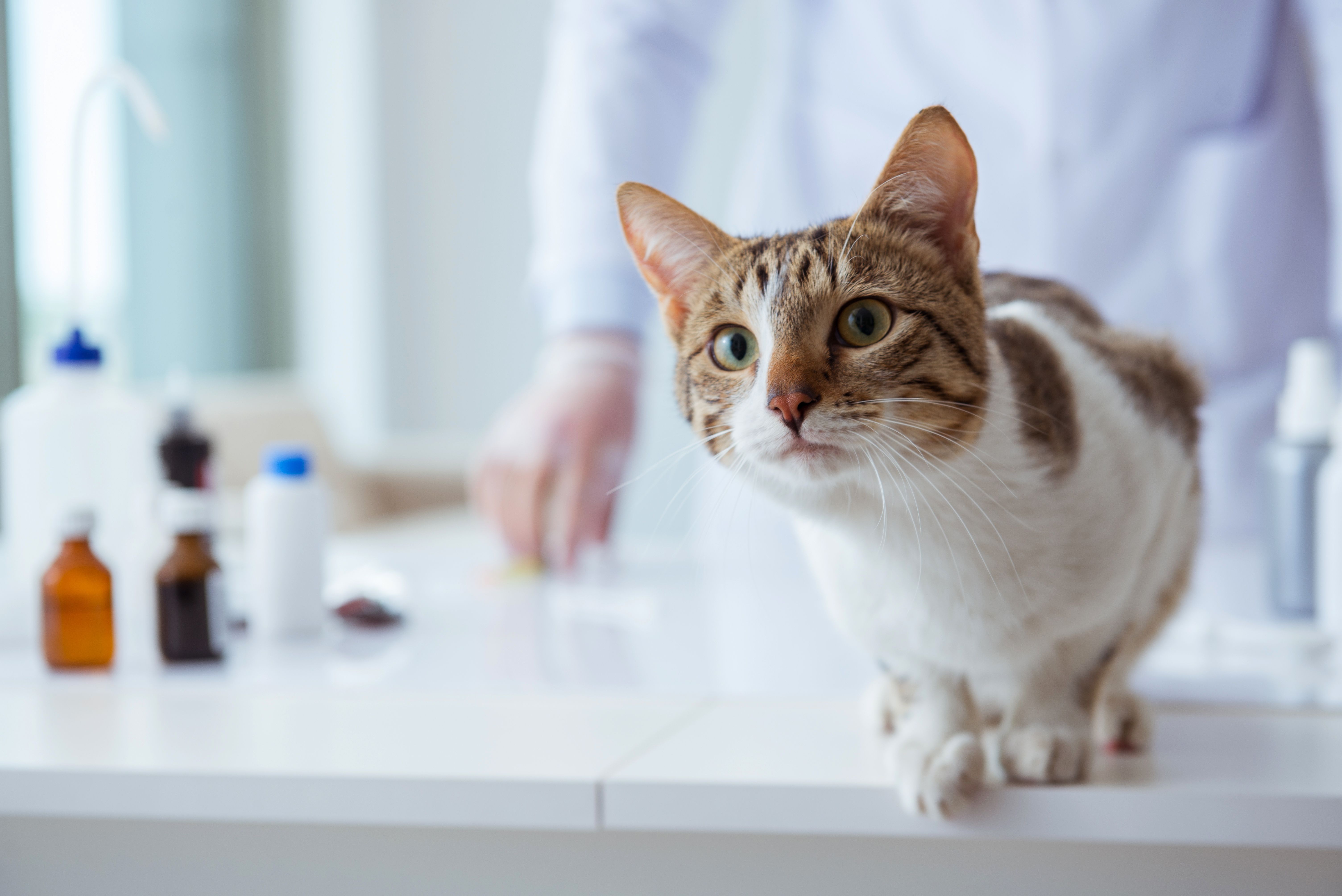
Feline Lymphoma Diagnosis And Treatment

Feline Lymphoma Clinician S Brief

Differentiating Inflammatory Bowel Disease From Alimentary Lymphoma In Cats Veterinary Clinics Small Animal Practice

Fur Everywhere Lymphoma In Cats

Lymphoma In Cats Atlantic Veterinary Internal Medicine
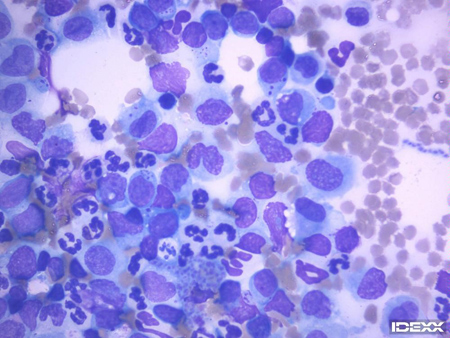
Feline Lymphoma What Your Need To Know The Animal Medical Center

Lymphoma In The Cat Fact Sheet Davies Veterinary Specialists

Causes And Risks Of Cat Lymphoma And Leukemia Vlog 97 Youtube

Lymphoma In Cats Veterinary Partner Vin
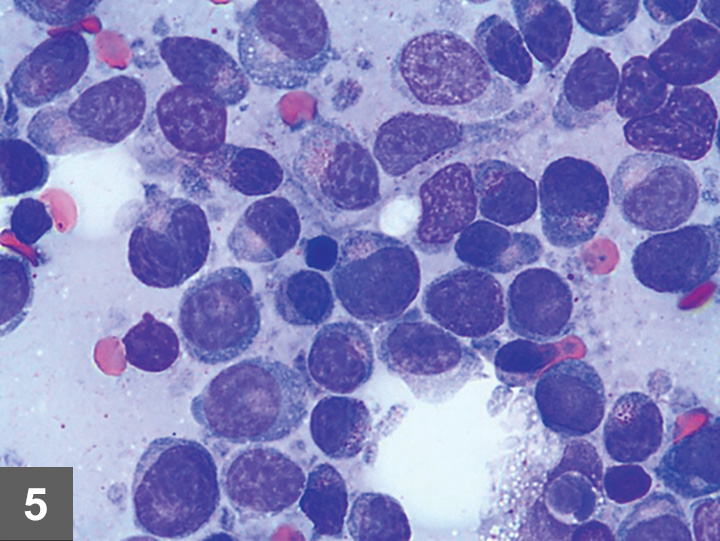
Feline Lymphoma Clinician S Brief

Differentiating Feline Intestinal Lymphoma From Inflammatory Bowel Disease Ibd College Of Veterinary Medicine At Msu

Extranodal Lymphoma In The Cat Semantic Scholar
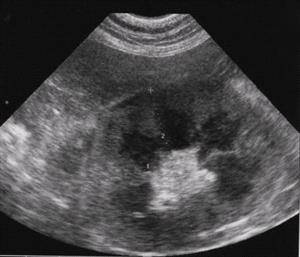
Lymphoma In Cats Veterinary Partner Vin

Lymphoma In Dogs Cats What S The Latest Today S Veterinary Practice

Alimentary Lymphoma In A Cat Semantic Scholar
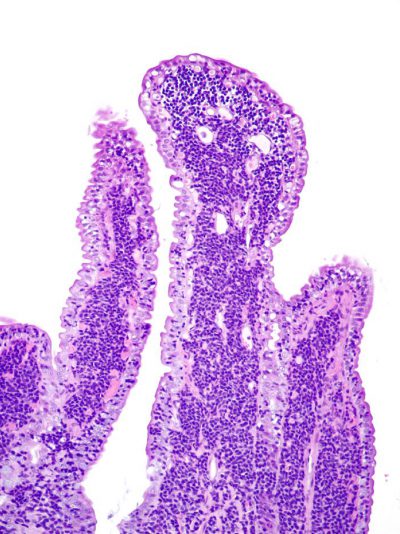
Differentiating Feline Intestinal Lymphoma From Inflammatory Bowel Disease Ibd College Of Veterinary Medicine At Msu